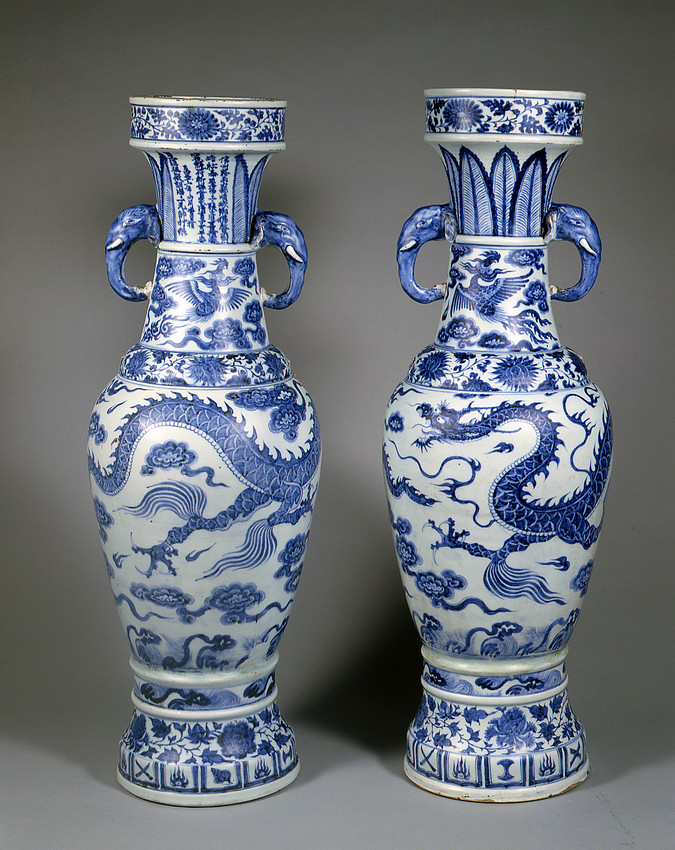The Percival David Foundation of Chinese Art
Dr Stacey Pierson, Senior Lecturer in the Department of the History of Art and Archaeology, remembers treasures, now housed in the British Museum, that drew collectors and specialists from around the world to SOAS. In 1952, a new museum opened at SOAS, showcasing one of the finest collections of Chinese ceramics in the world. The Percival David Foundation of Chinese Art, at 53 Gordon Square, was named after its founder,

